We’ve had a very cool late Spring this year. But now that we’re past the rain and we’re getting into our typical early summer pattern with a high pressure ridge building overhead, the return of hot temps is not far away! That means it’s time to start talking about Heat Safety! We’ve been lucky that the recent rainfall across much of the state is evaporating and releasing extra amounts of moisture into our atmosphere. It’s helped to keep temperatures from soaring here recently. However, the added humidity in the atmosphere affects your body’s perspiration by preventing your sweat from evaporating and cooling you off. This can quickly lead to heat exhaustion or heatstroke if you’re not careful.
Here are some real life examples for you based on tomorrow’s forecasted highs and relative humidity levels. Take Houston as our first example. The forecast high is 90 with humidity levels at 49% by peak daytime heating. If you compare those two readings to the chart above, you’re looking at a heat index temperature of around 94 degrees. Is that dangerous? Probably not for most, but it could become dangerous for those participating in outdoor sports or other types of strenuous activity. The same would hold true for San Antonio…or even Dallas where Heat Index readings would be 94 and 95 respectively. Both of which are in the Extreme Caution zone on the Heat Index chart above. Here’s the kicker though…you may be surprised to learn that the values in the Heat Index chart above are for shady locations! If you’re out in direct sunlight at those temperatures, you can add an additional 15 degrees to your results. That means the example for Houston given above could jump to a heat index reading of roughly 109 degrees in direct sunlight!
Here’s what could happen to you at various heat index temperatures.
So, what can you do to prevent heat exhaustion and heatstroke? Know before you go outside to work or play during the summer months what the heat index readings are expected to be at your location. Most newscasters will provide that as part of their daily forecasts. Most smartphone weather apps will include the heat index readings as well. If they don’t, you can use the handy chart above to calculate it yourself…and remember to add that additional 15 degrees if you’re exposed to direct sunlight!
Some additional tips:
Try to avoid going out during peak daytime heating. That’s pretty obvious, but if you can’t avoid it…
- Stay hydrated well before going out and participating in outdoor sports or other types of strenuous activity. That doesn’t mean down a gallon of water before you venture out…in fact, that could actually be dangerous and lead to a condition called “hyponatremia” or overhydration. An extra 8 to 16oz is fine. Avoid alcohol or caffeinated beverages and just stick with water.
- Wear light colored and loose fitting clothing that will allow your skin to breath and your sweat evaporate.
- Stay in the shade as much as possible.
- Wear a hat to protect your head.
- Invest in a “cool collar” or douse a hand towel or scarf in water and wear it around your neck.
Know the signs and symptoms of heatstroke. Make sure those with you know them as well because you may not recognize that you’re exhibiting some of these symptoms at the time.
Don’t forget about kids and pets!!!!
- Never Leave a child (or pet!!!) unattended in a vehicle. Not even for a minute!
- If you see a child or pet unattended in a hot vehicle, call 9-1-1 immediately!
- Be sure that all occupants leave the vehicle when unloading. Don’t overlook sleeping babies.
- Always lock your car and ensure children do not have access to keys or remote entry devices.
- If a child is missing, check the car first, including the trunk or back hatch area.
- Teach your children that vehicles are never to be used as a play area.
- If a child is missing, ALWAYS CHECK THE CAR FIRST!
- Keep a stuffed animal in the carseat. When the child is put in the seat, place the animal in the front with the driver.
- Or, place your purse or briefcase in the back seat as a reminder that you have your child in the car.
- Make “look before you leave” a routine whenever you get out of the car.
- Ensure your child care provider will call you if your child does not show up for school.
Below are some links to “Check the Backseat!” logos that can be printed and placed onto flyers for distribution. This might make a cute project for kids to download, print and hand out to friends, neighbors or at events such as church gatherings or athletic practices!
English Logo (boy and girl)
http://www.nws.noaa.gov/os/heat/images/girl-light-l.png
http://www.nws.noaa.gov/os/heat/images/boy-light-l.png
Spanish Logo (boy and girl)
http://www.nws.noaa.gov/os/heat/images/boy-med-l.png
http://www.nws.noaa.gov/os/heat/images/girl-med-l-esp.png


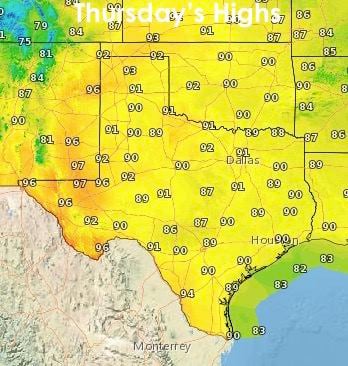


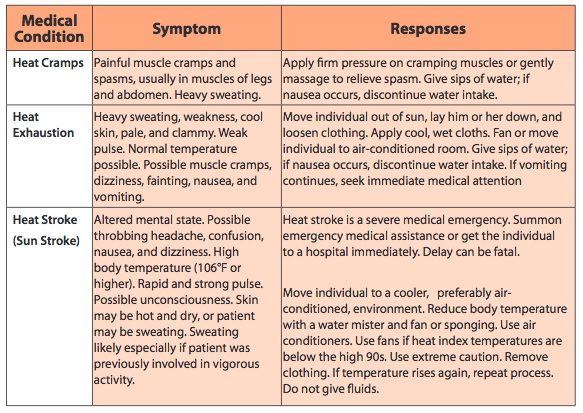
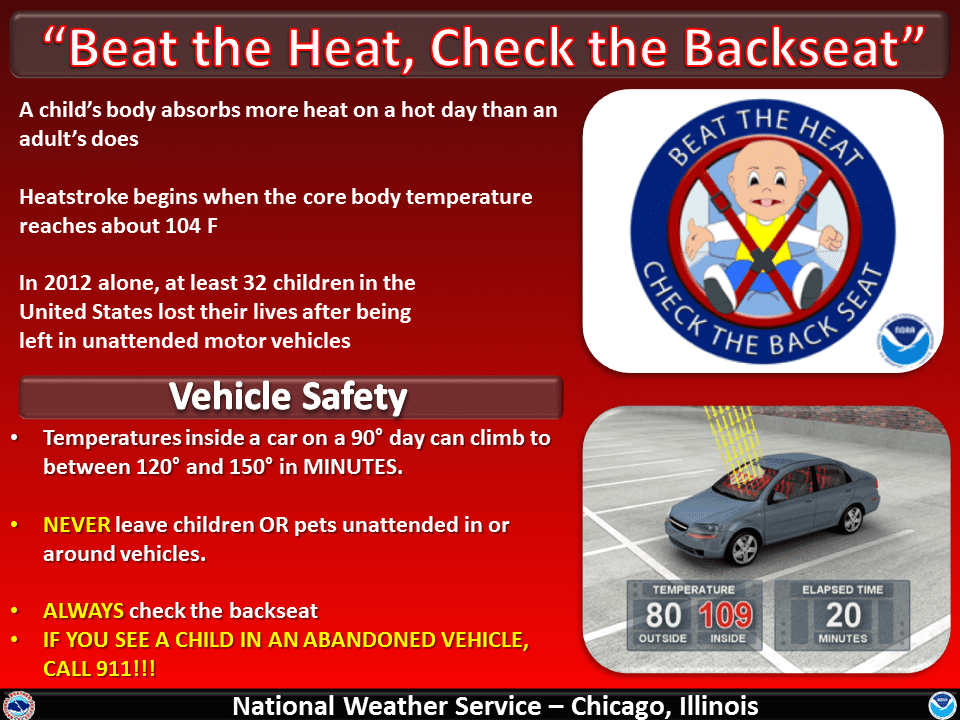

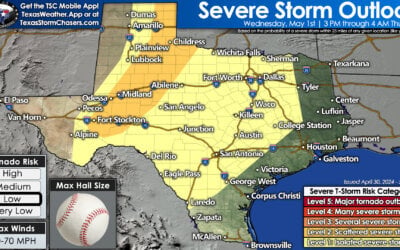
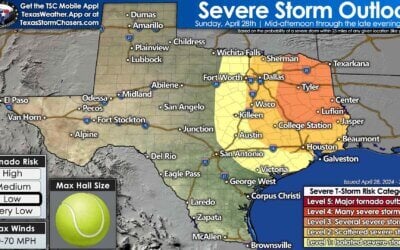
0 Comments